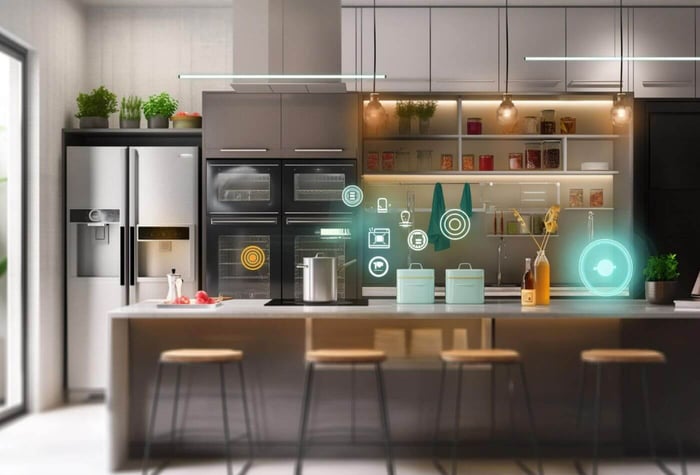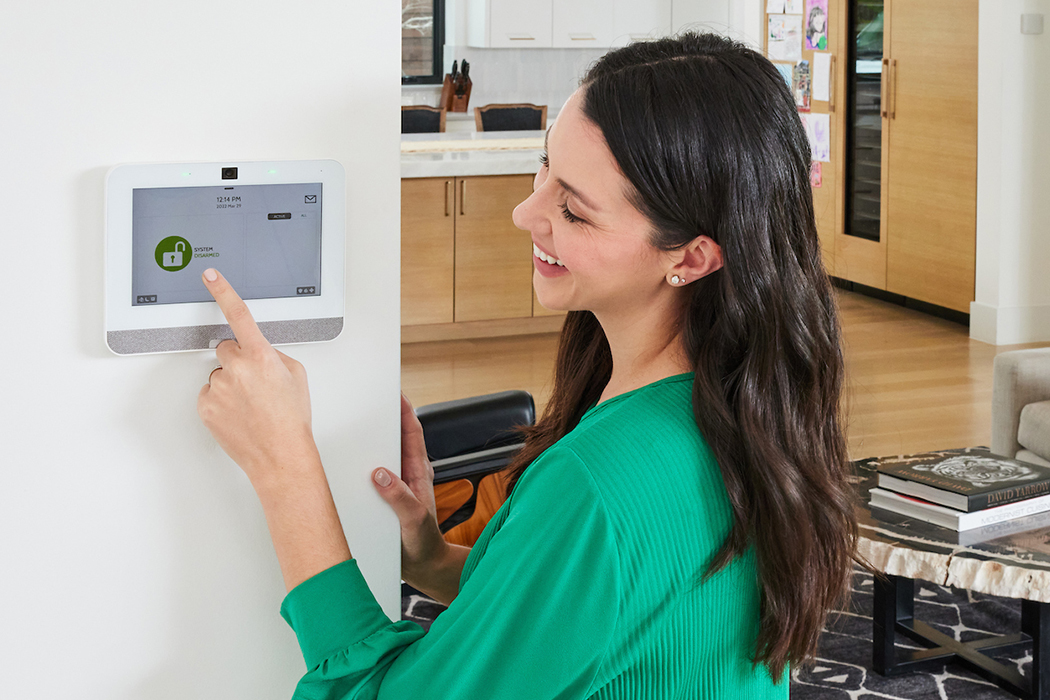
Smart home technology for renewable energy: Innovations and Impacts
Share
In today's rapidly evolving tech landscape, the intersection of smart home technology and renewable energy is garnering significant attention. As we become more aware of our environmental footprint, integrating advanced technologies in our homes to utilize renewable energy efficiently is not just a trend but a necessity. This article delves into how smart home technology is revolutionizing the way we consume and manage energy, offering tech professionals and enthusiasts a comprehensive look at the innovations and impacts in this domain.

Understanding Smart Home Technology
Smart home technology refers to the integration of devices and systems that automate and optimize household functions. From lighting and thermostats to security systems, smart home devices offer convenience, security, and energy efficiency. By using the Internet of Things (IoT), these devices can communicate with each other and be controlled remotely, making homes more responsive to the needs of their inhabitants.
For tech enthusiasts, the appeal of smart homes lies in their ability to enhance quality of life through automation and personalization. But what's truly revolutionary is how these technologies can be harnessed to support renewable energy initiatives. By optimizing energy use and incorporating renewable energy sources like solar or wind, smart homes can significantly reduce carbon footprints and energy costs.
The Role of Renewable Energy in Smart Homes
Renewable energy sources are central to the sustainability initiatives of smart homes. Solar panels, wind turbines, and geothermal systems are becoming increasingly common in residential settings. These technologies not only reduce dependency on traditional power sources but also promote environmental stewardship. The integration of these energy sources with smart home technology allows for more efficient energy management.
For instance, smart meters and energy management systems can monitor and analyze energy consumption patterns, allowing homeowners to adjust their usage based on real-time data. This alignment of consumption with renewable energy production is crucial in maximizing efficiency and reducing waste.
Innovations in Smart Home Energy Management
Recent advancements in smart home technology have focused on enhancing energy management capabilities. Innovations such as smart thermostats, automated lighting systems, and energy-efficient appliances are now equipped with machine learning algorithms that learn user preferences and adjust settings for optimal energy use.
One exciting development is the use of AI-driven systems that can predict energy demand and adjust the operation of appliances accordingly. These systems can even communicate with the grid to draw power when renewable energy availability is high, ensuring that homes are utilizing green energy as much as possible.
Additionally, smart home systems can now integrate with energy storage solutions, providing homeowners with the ability to store excess energy generated by solar panels or wind turbines for later use. This not only enhances energy security but also provides a backup during power outages.
Challenges and Future Prospects
Despite the promising benefits, there are challenges to the widespread adoption of smart home technology for renewable energy. Cost remains a significant barrier, though prices are gradually decreasing as technology advances and becomes more mainstream. There is also the challenge of interoperability between different brands and types of devices, which can complicate integration efforts.
However, the future of smart home technology in renewable energy is bright. As more consumers recognize the environmental and economic benefits, demand is likely to increase, driving further innovation and cost reductions. Governments and organizations are also playing a crucial role by offering incentives and subsidies to encourage adoption.
For a deeper understanding of how smart homes can contribute to a sustainable future, check out this overview of eco-friendly home automation.
Conclusion
The convergence of smart home technology and renewable energy offers a pathway to a more sustainable and energy-efficient future. As we navigate the challenges and opportunities of this dynamic field, one thing is clear: the homes of tomorrow will be smarter, greener, and more connected than ever before. This evolution not only promises to transform our living spaces but also plays a pivotal role in our collective efforts to combat climate change.
For more insights on smart home innovations, visit our eco-friendly home automation guide.

FAQs
How can smart home technology contribute to energy savings?
Smart home technology contributes to energy savings by optimizing energy usage through automation. Devices like smart thermostats and lighting systems adjust their operation based on user behavior, reducing unnecessary energy consumption. Additionally, smart meters and energy management systems provide real-time insights into energy use, allowing for informed decision-making that promotes efficiency.
What are the main challenges of integrating renewable energy in smart homes?
The main challenges include the high initial cost of installation, especially for solar panels and wind turbines. There is also the issue of interoperability, where devices from different manufacturers may not work seamlessly together. However, advancements in technology and increasing market competition are gradually addressing these challenges.
Are there any incentives for adopting smart home technology with renewable energy?
Yes, many governments and local authorities offer incentives such as tax credits, rebates, and grants for installing renewable energy systems and smart home technologies. These incentives aim to reduce the financial burden on homeowners and encourage the adoption of sustainable practices.
